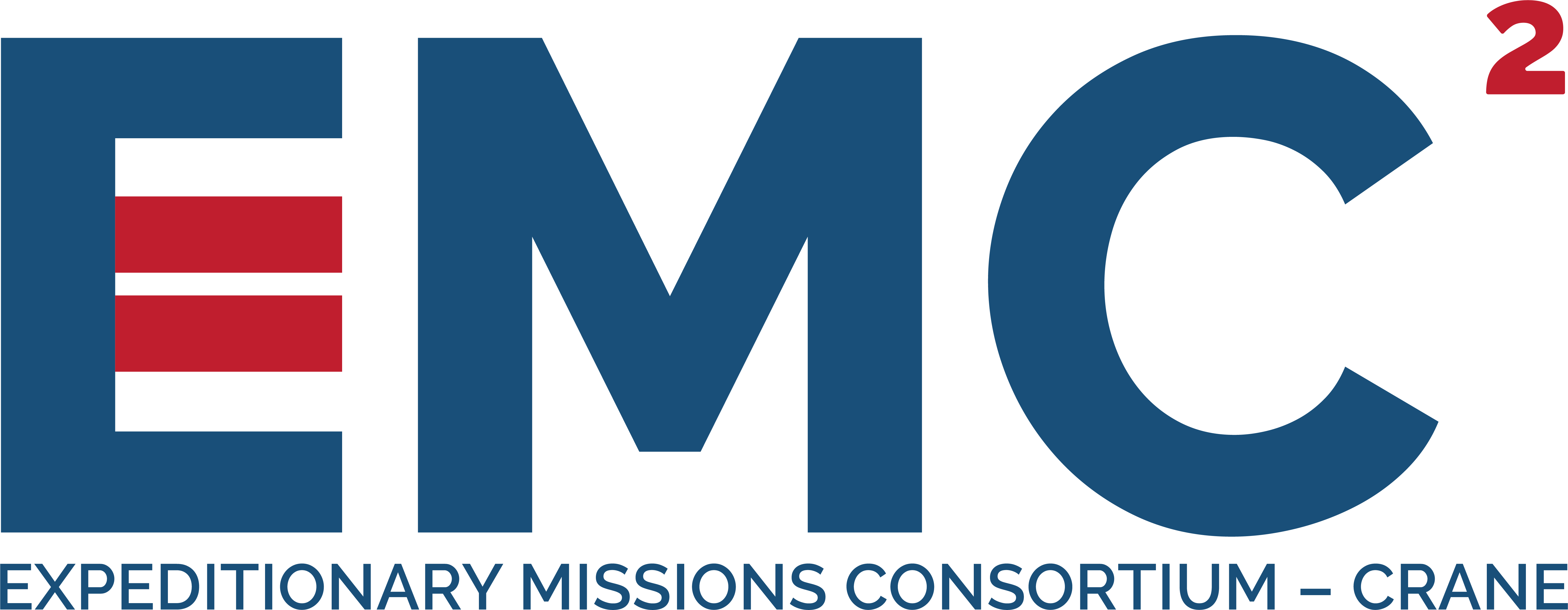WHO WE ARE
The Expeditionary Missions Consortium-Crane supports the Naval Surface Warfare Center, Crane Division (NSWC Crane) under an Other Transaction Agreement (OTA) collaboration to engage industry and academia to perform basic, applied, and advanced research projects, and prototype projects in support of current and future needs related to Expeditionary Missions Technologies. The consortium will address requirements in the areas of Power & Energy Systems; Specialized Munitions; Weapon Systems; Maneuver, Surveillance, & Engagement; Integrated Software; Command, Control, Communications and Information (C3i) & Cyber; and Electro-Optic Technology. ATI is excited about creating this new consortium to support NSWC Crane’s research and prototyping initiatives. Join EMC2 to access business and research opportunities focused on research, development, testing, and integrating complex systems across a broad range of technology areas and disciplines.
WHAT WE DO
EMC2 engages industry and academia to advance innovation, leverage emerging technologies, and enhance the DOD’s Expeditionary Warfare Technology .
Specific technology focus areas include:

